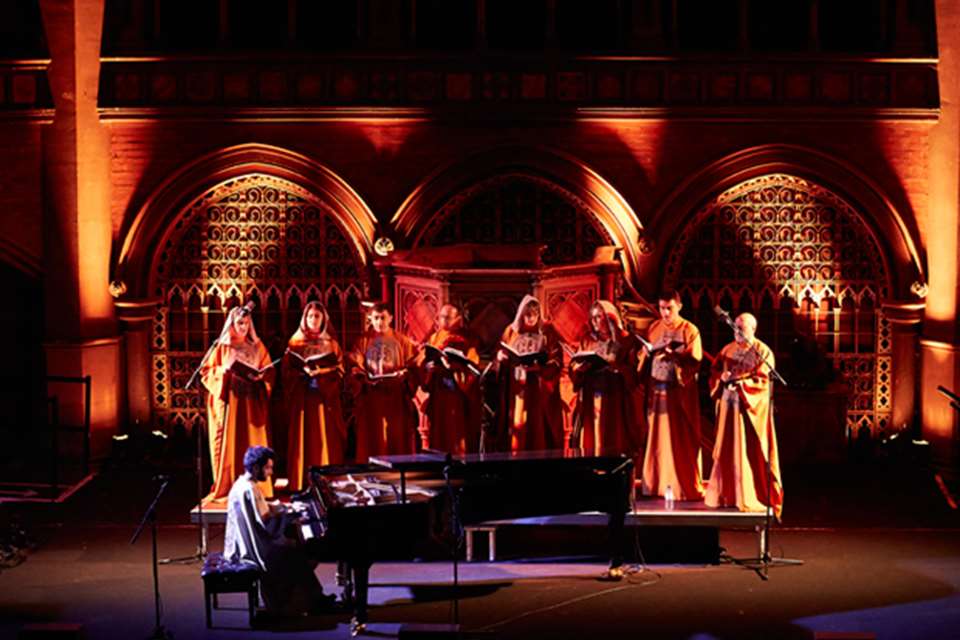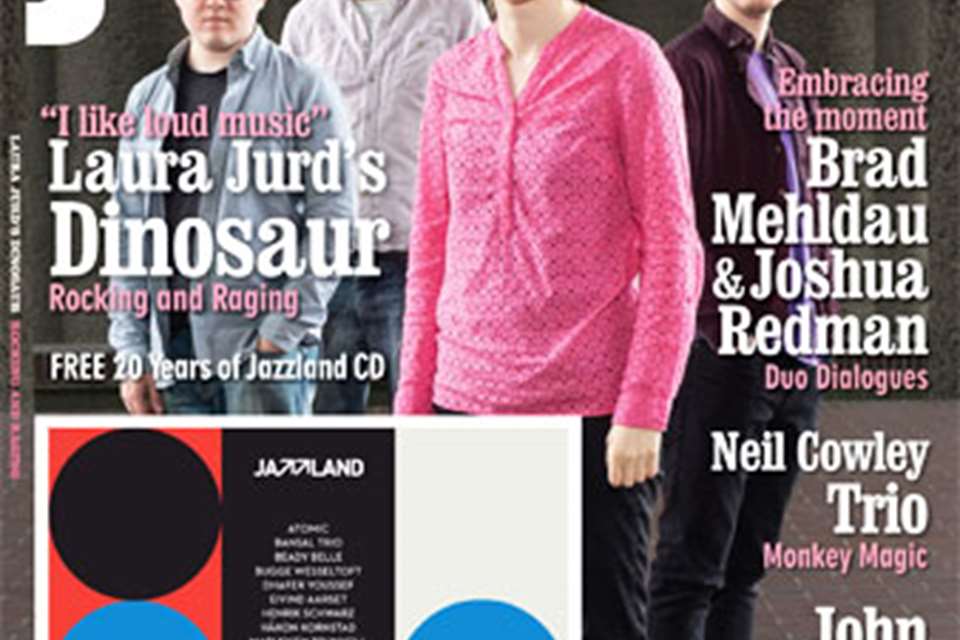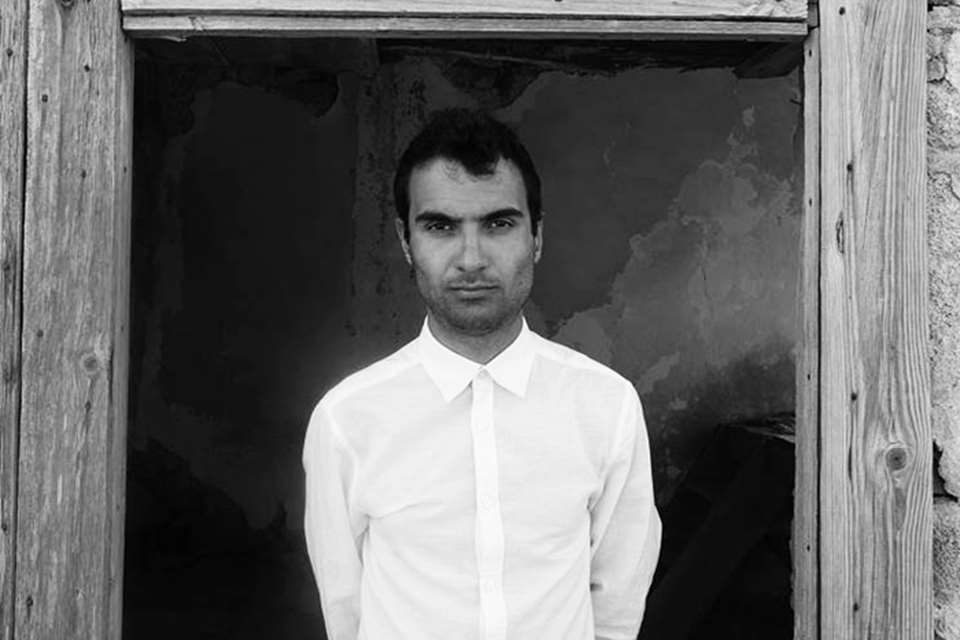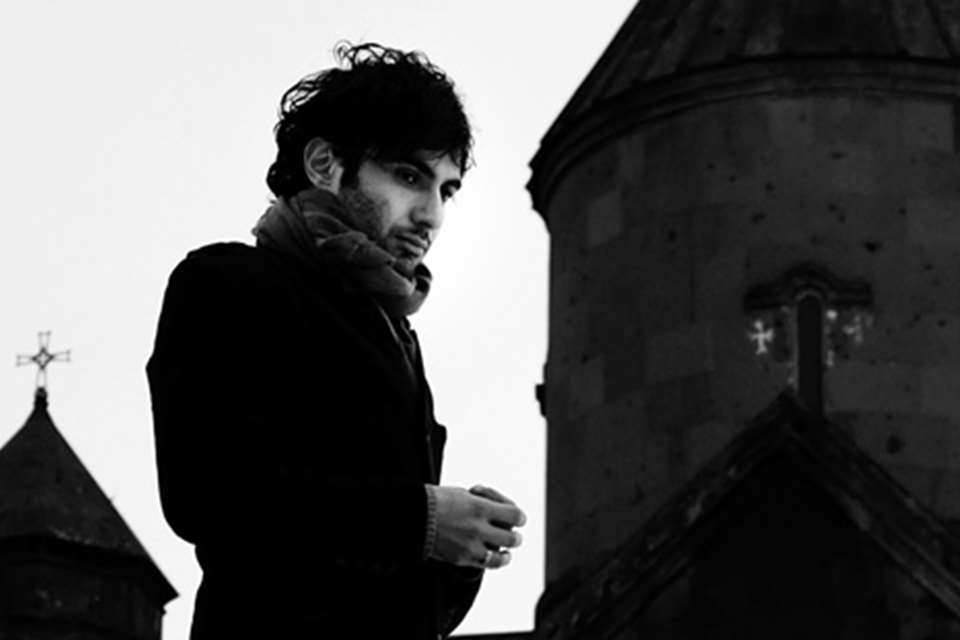Tigran Hamasyan: “I think an artist’s job is to awaken something that’s unconscious”
Thursday, October 8, 2020
Armenian-born, US-resident Tigran Hamasyan is a pianist and composer of rare distinction. With his latest album, The Call Within, Hamasyan has made his strongest artistic statement yet. Selwyn Harris caught up with him to find out more
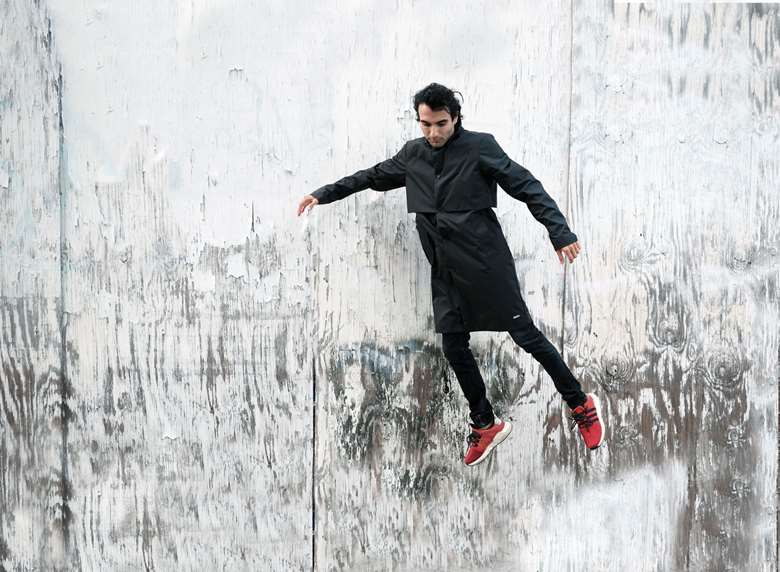
In the words of the fictitious Spinal Tap guitarist Nigel Tufnel, Tigran Hamasyan has cranked it ‘up to 11’ for his game-changing new album The Call Within.
“I think it’s the most intense of all the albums I’ve done”, the 33-year old pianist-composer tells me on a Skype video call from his home in LA.
“I actually had to add a song – ‘At the Post-Historic Seashore’ – because the whole album was just too intense. I feel like it’s very much an in-your-face sort of album. Usually, I have a lot of interludes and ballads to accompany this and Shadow Theatre and Mockroot are very much balanced like this.
“For this one though, the delicate parts are included in the compositions. This one is more like incorporating all of it in one place. A lot of the songs are epic. They start very mellow and they really develop into something intense and big. People always associated my music with a lot of prog metal bands and music from that genre and I’d been talking to a bunch of these guys, members of these bands. I did a solo piano concert in New York and the guitar player from Carbine was there. It’s really weird in a way, but nice at the same time. This is also the first time I have an 8 string metal guitarist playing on an album. Finally I decided to have somebody like Tosin [Abasi] who’s also into jazz. I’ve been waiting to invite an artist like that for a while.”
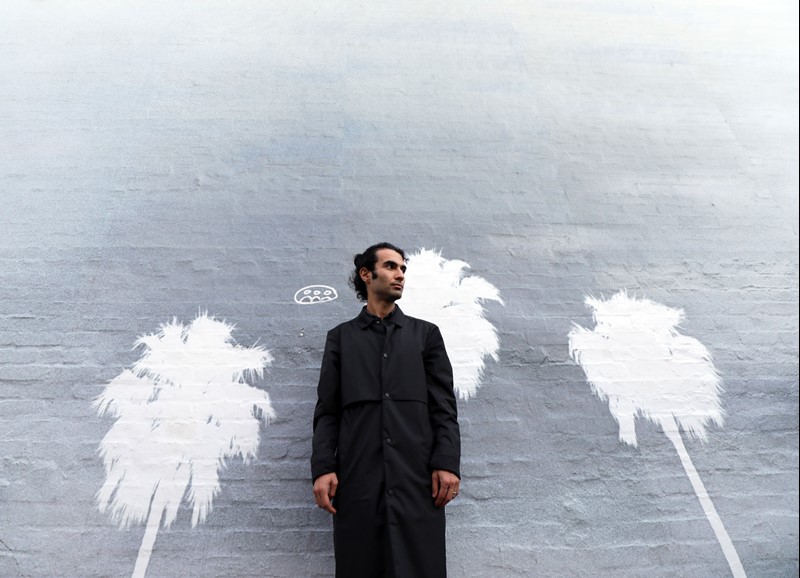
Unless you’re a jazz fan who’s also a metalhead, you probably wouldn’t have heard of Tosin Abasi, the founder-guitarist of leading US prog-metal band Animals as Leaders. He’s one of a few contributing guests on the new recording alongside Tigran’s regular trio partners, the Brooklyn-based electric bassist Evan Marien and Swiss born drummer Arthur Hnatek, who’ve played respectively in the bands of Wayne Krantz and Erik Truffaz. Abasi makes his presence felt with some penetrating yet ascetic fretwork on just a single track, ‘Vortex’, but it points to the affiliation Tigran has with the contemporary avant-metal subgenre in terms of rhythmically complex intensity while stopping short of any wall-of-sound offensive. You can hear it in the metrically-colliding heavy grooves and serrated-edge guitar-like keyboard riffage. But, as Tigran points out above, some balance is needed. It’s there in the serenely incantational piano/vocal melodies and hymnal/dreamscape synths largely adapted from the folk music traditions of his Armenian homeland. It’s an unsettling but truly magical combination.
The impulse to facilitate a dialogue between diverse musical languages began for Tigran at an early age. As a small child he was intuitively improvising around Led Zeppelin and Deep Purple songs that he’d picked up from his heavy rock-loving dad. That was prior to, “falling in love with bebop”, playing jazz festivals from the age of 11 and, at just 18, winning the prestigious Thelonious Monk international piano competition, with one of the judges – Herbie Hancock, no less – declaring: “Tigran, you are my teacher now”.
It was while recording his debut World Passion in 2005 he says that his then drummer Uri Hoenig introduced him to the Swedish nu-metal band Meshuggah. But the source of inspiration for the mind-boggling collision of meters and uneven rhythmic groupings that are a centrepiece of the new album comes primarily, he says, from his native land.
“A lot of it comes from folk, especially Armenian folk music,” he says. “Even if I arrange a jazz standard it’s going to have that kind of approach with the odd meters, polyrhythmic songs and dances that I’ve studied since I discovered Armenian music. But also hearing Ari Hoenig for the first time in the Jean-Michel Pilc trio was a new thing for me. But what I write as a composer taking in all these influences I feel like a lot of it has to do with Armenian folk music because I took that and I developed it. Armenian secular and religious music [also see his 2015 ECM Luys I Luso project with the Yerevan State Chamber Choir] is very much tied together too. They come from the same origin one can say. But they obviously have different traditions and different formats. But it’s very much influenced by both. When I write melodies I tend to think that I’m composing a 21st century folk song.”
A unique hallmark of Tigran’s piano playing is the gracefully hypnotic soundworld he conjures up from ancient modal-based Armenian folk melody and its embellishments, as evidenced on his piano solo recordings A Fable (2011) and the more recent An Ancient Observer (2017).
“Believe it or not, I got into Armenian music through guys like Jan Garbarek, Keith Jarrett and the first time I heard Gurdjieff-de Hartmann piano music,” he says. “That was the first time where I was like ‘it’s improvising but it’s not bebop’. What is this musical language they’re using? Jan Garbarek certainly doesn’t play bebop. Everything he plays it’s a folksong. So that was a trigger for me to realise that I come from a tradition of folk music. That’s how I got into it when I was about 14. But it’s interesting also John Coltrane, sometimes when he plays these simple melodies it sounds like a folk song to me. It’s more connected to that. I find more similarities between 1962/63 John Coltrane and Middle Eastern or Indian folk music than bebop.”
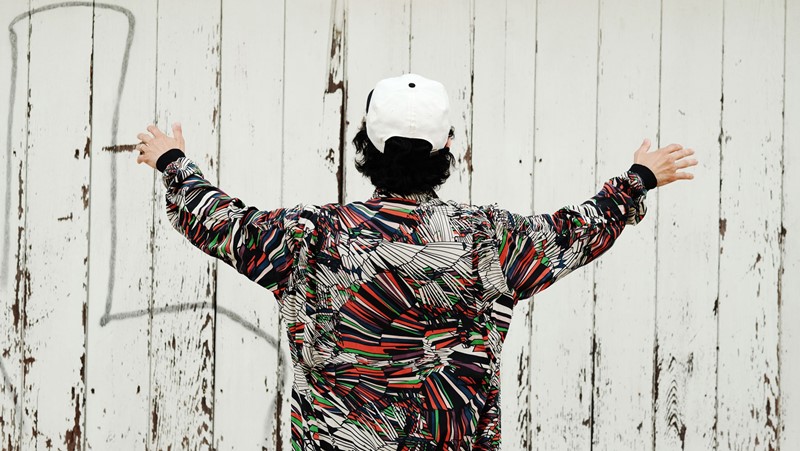
Tigran’s reference to the creative process as like an “unconscious awakening” is something that appears to resonate with the teachings of his aforementioned fellow countryman George Gurdjieff. He was a late 19th century mystical philosopher whose applied spiritual quest to reconnect mind, body and sensations in order to become ‘awake’ was tagged ‘the Fourth Way’. As Tigran points out he was also a composer and Keith Jarrett fans will recall his G.I. Gurdjieff: Sacred Hymns solo piano recording from 1980.
“I share some of his ideas but not everything,” he says. “I am certainly influenced by him. I’m actually just revisiting his Meetings with Remarkable Men, the autobiography, it’s really great. I think an artist’s job is to awaken something that’s unconscious. In a way it’s like being a monk. The idea is to awaken people’s souls. To make someone have this existential and almost religious experience. So that’s mostly where this album is coming from. Also as an artist what are the choices we are making and what are we saying? What’s the message of the music? Not the ideology but actual musically. Like what kind of vibrations does this music bring? Does it create like a bodily experience or does it create so that you start thinking about stuff, or thinking and feeling good about it or bad about it? So this aesthetic, just that feeling for me is important. And this is the search as an artist to find out who we are within ourselves as artists. Finding out who we are, so whatever message we give out, we understand what we’re actually giving to people.”
A total of 10 original compositions on The Call Within draw inspiration from a broad sphere of influence that also ventures outside of music. This includes geometry, Armenian mythic legends (‘Ara Resurrected’) through to rock carvings and maps (‘Old Maps’ /‘New Maps’) within landscapes that are both natural and man-made. How this manifests in his compositions is, for Tigran, something entirely natural.
“It’s all arts,” he says. “Honestly I love geometric designs, especially ancient geometric designs like you find on clay vessels, on frescoes, in medieval manuscripts. They all have designs, shapes that to me could be rhythmic shapes. When I see that, I picture rhythms and melodic shapes. For example, carpet designs, it’s like I’m looking at a symphony or something. I feel that connection because to me music is not separate from the arts, especially the cultural arts.
“I had an incredible realisation, maybe it sounds dumb you know and I should have realised it before, but I was passing by this one region of Armenia where there’s this famous monastery called Mayravank and this region is very much elevated it’s like in the 1600s and everything is red, yellowish rocks. There’s a lot of rocks and it’s rough natured. If you’re not actually looking closely you won’t see, but between these rocks there’s all these medieval churches and monasteries that are made of the same rock and it’s part of the same landscape. This made me think that the nature of where we’re born and what we create and who we are as personalities, what songs we write, is very much connected to where we’re born and where everything comes from. The people from that region of Armenia are a little bit rougher, more hot-blooded, the designs are very bright colours. The churches they make look like the mountains. So I look at these designs as a musician who writes new-old folk songs and this stuff really relates to me.”
With the emphasis on composition and arrangement, improvised moments are few and far between on the new recording. But in this respect he sees studio and live performance (there are plans for a performance as part of the EFG London Jazz Festival this November and a tour in 2021) as entirely separate entities.
“This album is pretty much 97% through-composed but I feel a lot of my albums are this way,” he says. “When we play live, that’s when things open up. A section that was verse-chorus all of a sudden turns into this big improv section. I like doing this live more than on an album. But sometimes I like having short improvs on an album too. It depends. This is more through-composed like a rock album and the idea was to present a lot of new compositions.”
The Call Within is his fourth album for the high-end Warner Music-owned, boutique recording label Nonesuch. In spite of his relative youth, Tigran doesn’t seem at all out of place among the label’s roster of high-profile stylists from Pat Metheny and Brad Mehldau through to David Byrne, the kind of artists that have outworn any of the musical genre labels pinned on them. Indeed, originality for Tigran is something extremely high on the agenda.
“I’ve learned that once I’ve used something, I have to leave that alone and find something new,” he says. “So if I have a tune that sounds like Meshuggah I would deliberately put it aside. It’s still going to sound heavy but writing-wise I’m going to try to develop something else, another idea.
“My writing process is very slow. There are compositions sometimes that I write within two weeks or a week but that’s very rare. I’m constantly revisiting things, my older compositions, ideas and slowly developing them because the way I think about it is when I’m going to leave here, after I’m gone, what is it that I’m going to leave behind? Probably that’s the ultimate question.”
This interview originally appeared in the September 2020 issue of Jazzwise. Never miss an issue – subscribe today!

